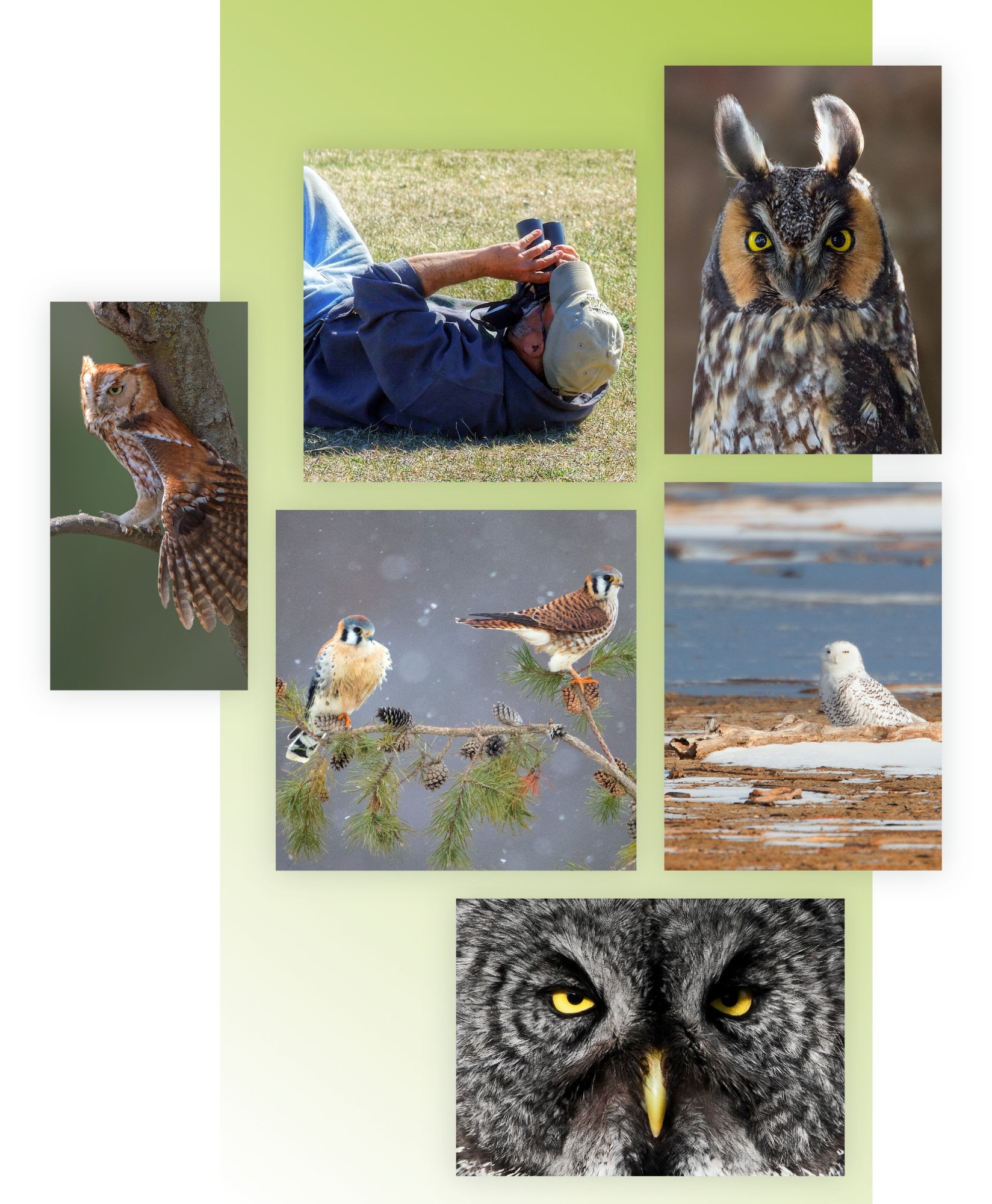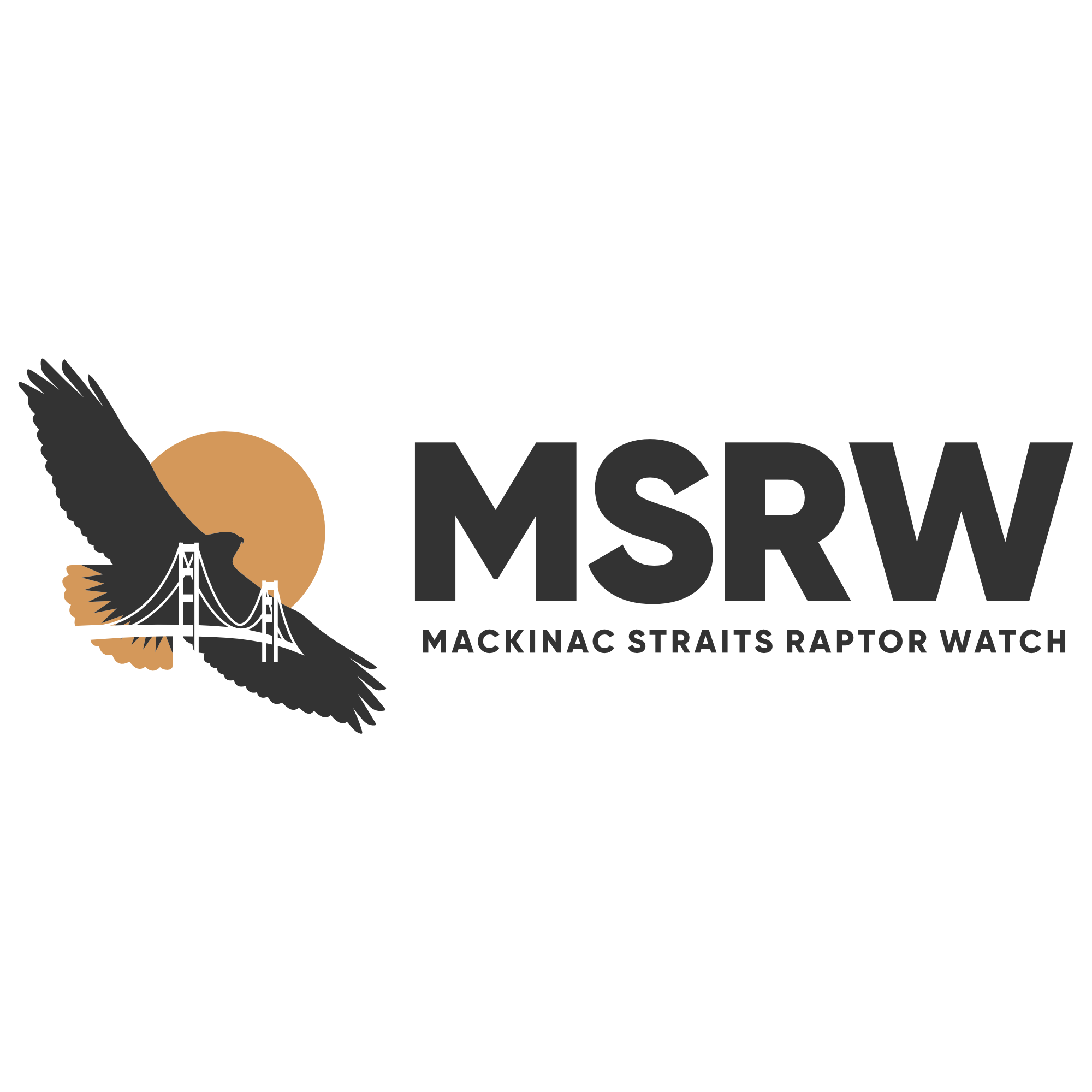Weather
Wind direction* and speed, along with cloud cover have a major influence on whether and where raptors will cross the Straits. Our years of experience watching migration suggests some general patterns of influence, summarized here to help you time your visits. These are general tendencies, not rules or certainties..
Spring raptor migration:
- North Winds: (moderate to strong) with cloudy conditions, in March and early to mid-April; will stop the hawks from moving across the Straits, and only a few will move up towards the shore.
- Northwest Winds: (moderate) in March seem to allow the larger raptors (primarily Golden Eagles) to migrate north.
- South Winds: (light) move some Hawks across the Straits along a wide (East to West) expanse of shoreline.
- West Winds: tend to push thermals, and the hawks that ride the thermals, toward the east side of the Straits.
- East Winds: tend to push thermals, and the hawks that ride the thermals, toward the west side of the Straits.
- Strong winds from any direction usually stops raptors from crossing the Straits.
- On days with calm to light winds and clear skies, hawks may fly too high to be seen with unaided vision, especially in late April and May. Finding these birds in the sky will require regular scanning with binoculars and the use of a spotting scope.
Fall raptor migration:
- West Winds: (calm to light) in September, accipiters and Harriers will fly across the Straits just above the water in the early morning.
- Strong winds from any direction usually stops raptors from crossing the Straits.
- On days with calm to light winds and clear skies, hawks may fly too high to be seen with unaided vision, especially in October and November. Finding these birds in the sky will require regular scanning with binoculars and the use of a spotting scope.
- Some raptors will fly directly south, crossing the Straits. Others will fly out to the end of Point LaBarbe and then turn back north and fly to the west. On some days, the significant movement of raptors may be to the east, possibly crossing to Mackinac Island. Since our Fall migration data is less plentiful than our Spring migration data, we are still studying these variations in movements.
*A “North Wind” is coming from the north and blowing toward the south. The same can be said about winds from the other directions: A “West Wind” is coming from the west and blowing toward the east. A “South Wind” is coming from the south and blowing toward the north. An “East Wind” is coming from the east and blowing toward the west.


